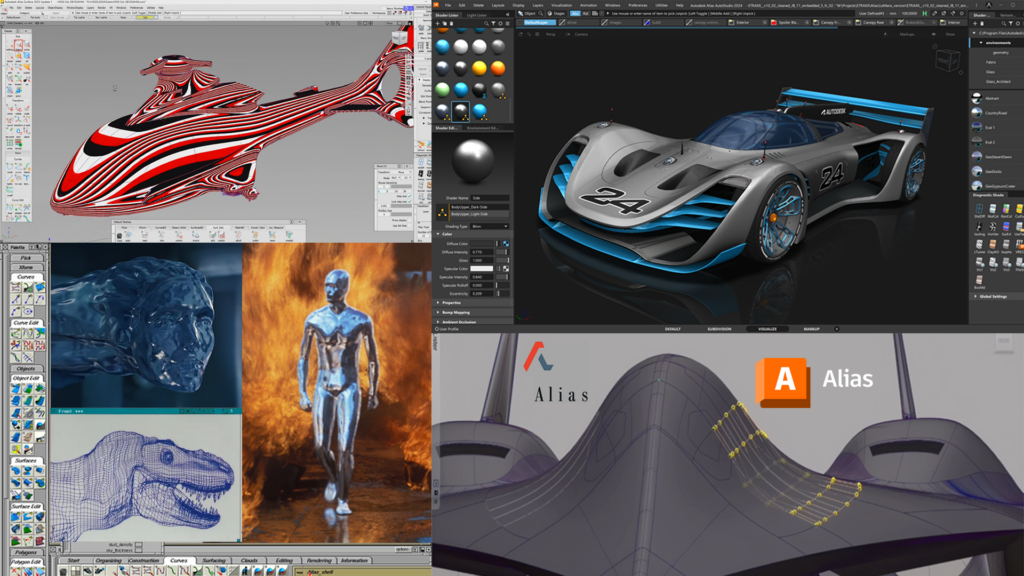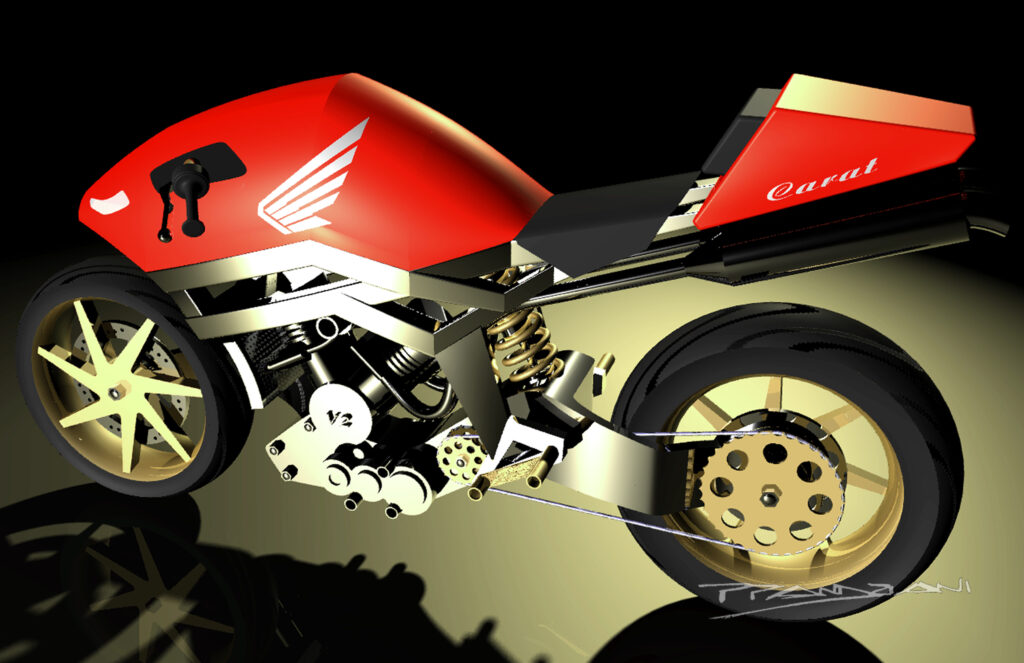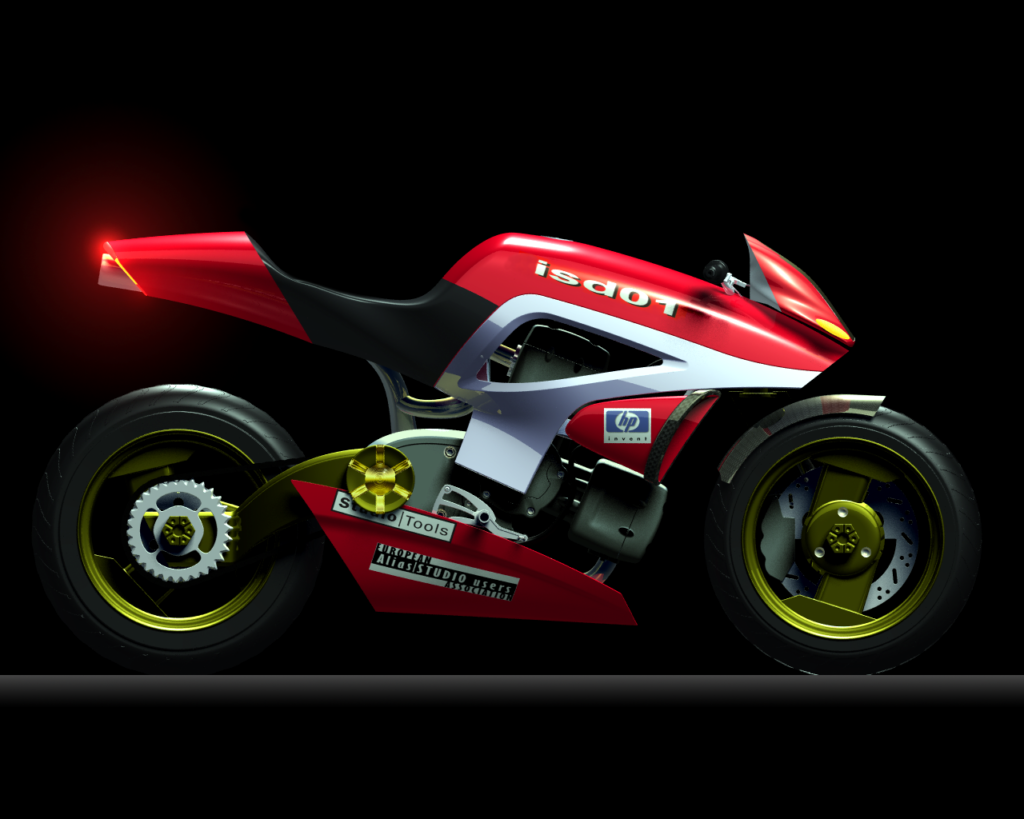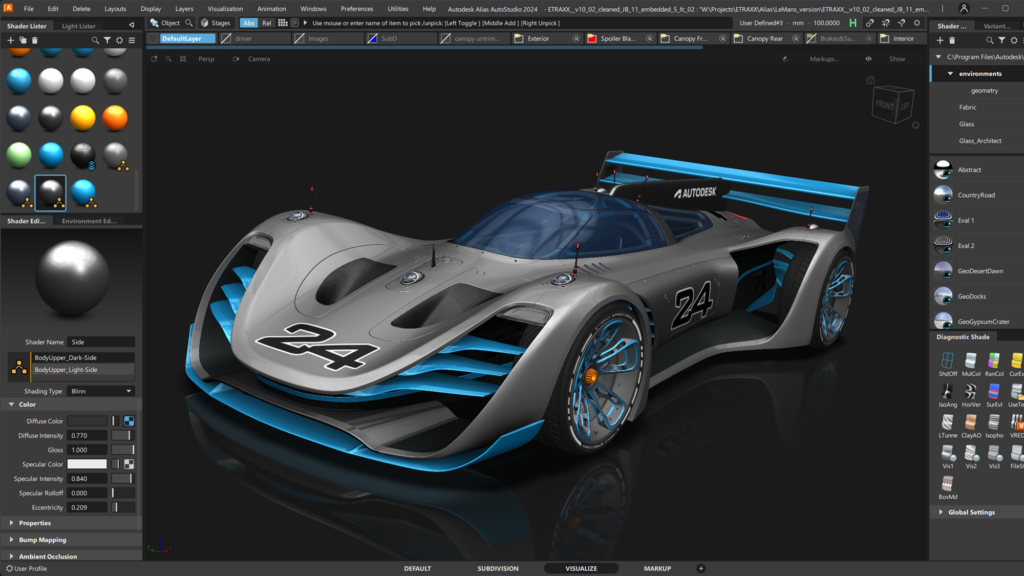
From Design Engine:
Stephen Bingham, Nigel McGrath, Susan McKenna and David Springer wanted to create an easy-to-use software package to produce realistic 3D video animation for the advertising industry and post-production houses. In 1983 they came up with the idea for a software development effort to achieve this goal (…) “We were sitting in a Detroit restaurant during SIGGRAPH”, says Nigel McGrath. “You know what we need is an alias”, Steve said. “We all clicked at that point because the only paying job we had at the time was for Dave Springer to write an anti-aliasing program for a few users at SGI. That’s where the name came from”.
According to another seminal program (Chat GPT), Alias was born on February 5th, 1985. My first encounter with Alias was 11 years later. The second I hit the “tumble” icon, I started tumbling and never stopped. There is no other single “thing” in this world that has bent the arc of my existence more than Alias. So, in recognition of Alias’ huge birthday and our symbiotic relationship, I thought it would be nice to review my greatest hits courtesy of Alias. Hit it.
The Bike
Honda came to the Center for Creative Studies in Detroit to sponsor a motorcycle project. Yes, it was called “Center” at the time. All the students wanted in. It was a very difficult personal year and I could not complete my hard model. However I had a 3D model and at night I could make up some serious ground. Around midnight, I would press “render” on the super expensive Indigo 2 in the lab, go home to the dorm next door and pray. At lunch the next day, there would be some annoyed people in the lab because the machine was still taken. It took well over 12 hours to get all 1280 x 1024 pixels below. Raytracing in Alias was a skill in itself at the time (you even had particles!). I passed the class and that bike became very handy.

The Part
At my first job at Digital Image in a Detroit suburb, I was tasked with a very particular assignement. We were contracted to create a small chrome part that spelled the letter SUPERCHARGED following a very specific font. I created the small part in Alias, I handed it off and did not think much about it. At the 1999 Detroit Auto Show, GM unveiled the stunning Cadillac Evoq concept car. And what did it have at the bottom of its front fender? My very own “supercharged” logo! That was the first time something I created a part in Alias that was made and shown to the public, and bonus foreshadowing with GM.
The Bike. Again
After losing my job in Detroit I left everything behind. In the north of France, I found a job at the Institut Supérieur de Design in Valenciennes. They wanted a digital teacher and my love of motorcycles worked perfectly. The ISD was going to be at the Mondial 2 Roues as an exhibitor. The first week of school, we picked a design direction, the next week we started building the bike with the workload broken off equally among the students. The third week we went to Paris and assembled the bike live during the show. It was a whirlwind. It was a very good show for the school and come to think of it, it was the very first project I ever led.

The General
I returned to the States and got my dream job at GM. For the next 12 years I surfaced anything and everything for every brand using Alias. The very first car I worked on was code name GMX211, also known as the Impala. There was a small quarter window in the rear of the car and it was my job to surface it. Honestly I was going around in circles. After our lead explained how to logically break everything off, it finally clicked. Once I started to understand and to master the right techniques, surfacing became a lot easier. The last car I worked on at GM was the steering wheel of the Gen 5 Camaro ZL1, not a bad send off.
The Team
I crossed the pond and became the lead for Tata Motors in the UK. One of my tasks was to recruit a permanent team. It took a few months to assemble and when it was, we got to work on our first big project, the EVision sedan. My team was really young and my exterior lead was fresh out of school, so no pressure then. We created a lot of cars at Tata but this one is my favourite by far because as the great John “Hannibal” Smith said, “I love it when a plan comes together”.

The Source
A few years ago, my career swung on a very different axis, yet very much around Alias, when I joined Autodesk. I am guessing this is the closest I will ever get to feeling like Neo seeing The Matrix. I saw Alias more up close than I ever thought possible. The 2024 version was undergoing a serious makeover and I had a front row seat, from its gestation, unveiling and deployment.

In conclusion, Alias and I have been together a long time and we went through a lot of projects together. My first tumble was almost three decades ago and indeed, we keep on tumbling. Nope, this never gets old for me, as you probably noticed. Did the world change in forty years? The phone in my pocket is 100,000 times faster in terms of raw calculations than an Indigo 2. In other words, my bike would have been rendered in milliseconds. In those forty years, Alias has remained a gold standard in industrial design and thrived. It has propelled my career and thousands of others at the very heart of what we love to do: designing and building cars, bikes, helicopters and everything cool in between. What is in store for Alias 2026? I cannot tell you just yet but one thing is for sure: the old dog has a lot of new tricks that will keep it young for another 40 years. Happy birthday Alias and most importantly: thanks for the ride…